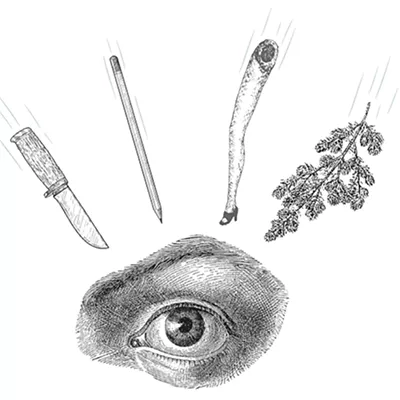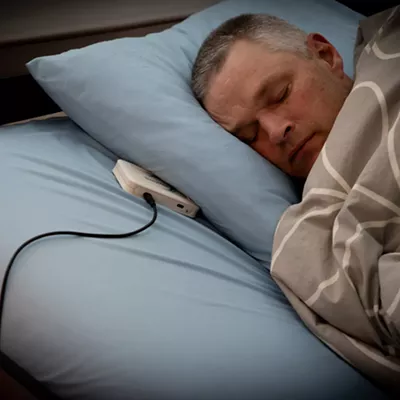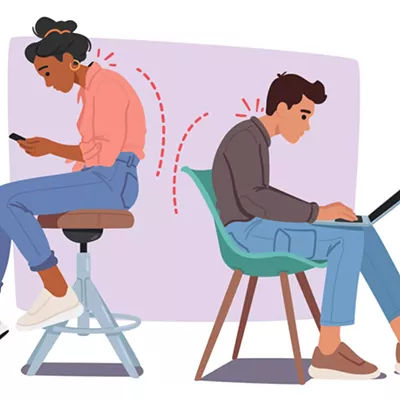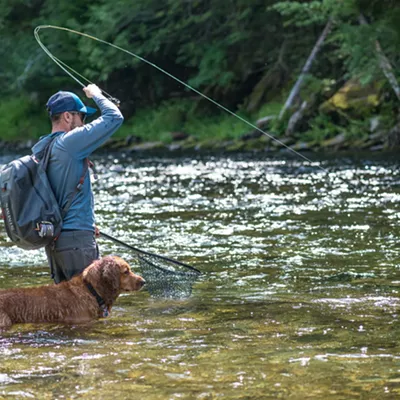When you turn on your tap, you may be drinking water that is a mixture of river water and our aquifer. In several places, the Spokane River runs directly into our aquifer, mixing with the underground lake. Although the city of Spokane treats water before it reaches our homes, in many areas of Spokane County, people’s drinking water is not disinfected before it comes out of the faucet. Drinking water systems that provide tap water from the aquifer do test the water often to ensure drinking water safety standards are being met.
However, the fact that we currently have water suitable for drinking should not lead us to believe that will always be the case. Based on high levels of hazardous substances — including PCBs, dioxins and flame retardants already found in Spokane River fish — we know that contamination is already there. We need to take action now to keep it from getting worse.
Every day, pollution enters the Spokane River and aquifer through such sources as rainwater that runs off roads, roofs, parking lots and down sloped lawns. As the water flows, it picks up chemicals and transports soil, pesticides, fertilizer, oil, grease, trash and other potential pollutants into the stormwater system. It doesn’t take a heavy rainstorm to send pollutants rushing toward streams and rivers — a garden hose alone can supply enough water. Storm drains and sewers may take the runoff from your neighborhood directly to the nearest stream or river, especially during times of heavy rain and snow melt, when storm systems get overwhelmed.
Contamination also comes when we flush soaps, chemicals and other pollutants down drains, either inside or outside. Cities and towns along our river’s banks funnel stormwater and treated wastewater into the river, and industries use the river to carry away treated wastewater. Run-off from agricultural land and city lawns and gardens also reaches the river. It’s easy to see how our river has become polluted.
Our community has organizations and programs working to help businesses reduce their water pollution impact, but each citizen also contributes to pollution in our water and has a role to play in cleaning it up and protecting it. Every one of us can make simple, small decisions to do our part to improve the health of our water. Here are some ways that you can help:
- Properly handle, store and dispose of household chemicals — many old and/or partially used paints and other items can be taken to the Waste to Energy Plant’s recycling area.
- Buy “green” products with the least toxic ingredients — or use baking soda, vinegar and other natural cleaning products. Use phosphate-free products when available.
- Consider organic lawn care — use fertilizers, herbicides and pesticides as little as possible and do not apply if rain is expected within 24 hours.
- Wash vehicles at a car wash — they collect their wastewater and send it for treatment.
- Never dump used oil, antifreeze or gasoline down a storm drain, into a ditch or on the ground.
- Dispose of used motor oil properly. One quart of motor oil can contaminate more than 250,000 gallons of water.
- Buy small quantities — only the amount you will use in a short timeframe.
- Sweep outdoor areas clean of dirt and debris as needed — dirt and debris, when washed into the storm drains, contribute to contamination.
- Replace galvanized roofs. Galvanized metal contains zinc, which is very toxic to fish.
The Spokane River is spectacular as it roars through downtown Spokane at high flow, and our aquifer is a precious, vulnerable resource. We all need to do our part to keep hazardous pollutants out of our area waters. To get involved in river protection, visit www.spokaneriver.net.
RIVERWATCH
If you see someone dumping anything into our storm drains or into our streams and rivers, call Spokane County at 477-3604, the City of Spokane Valley at 688-0321, the City of Spokane at 625-7999, or the Spokane Regional Health District at 324-1440. The Health District also has programs to test drinking water for private well owners.














